The boll weevil took up residence in Georgia’s cotton fields between 1915 and the early 1990s and the infestation made cotton production unprofitable. This booklet, created by the Georgia State Board of Entomology in 1916, offered farmers some insight into the boll weevil infestation.
The Mexican cotton boll weevil
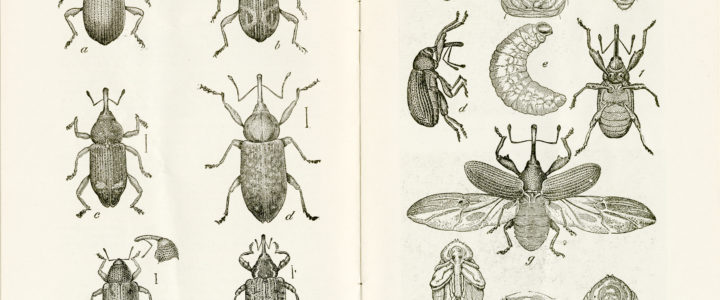



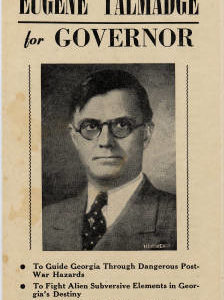
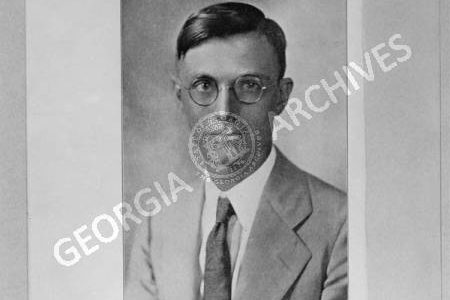
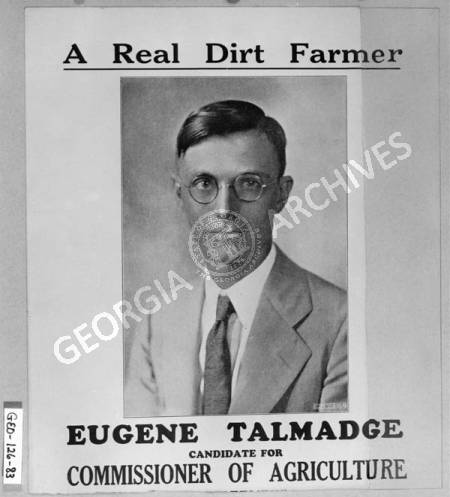
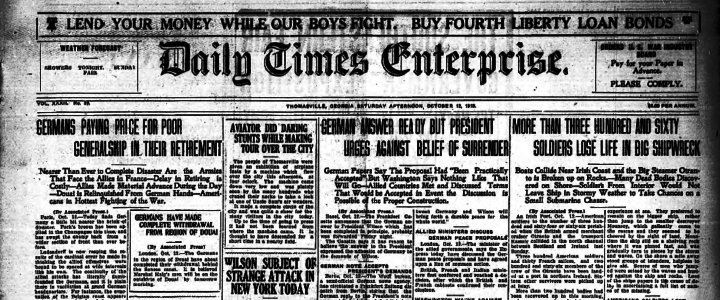
You must be logged in to post a comment.